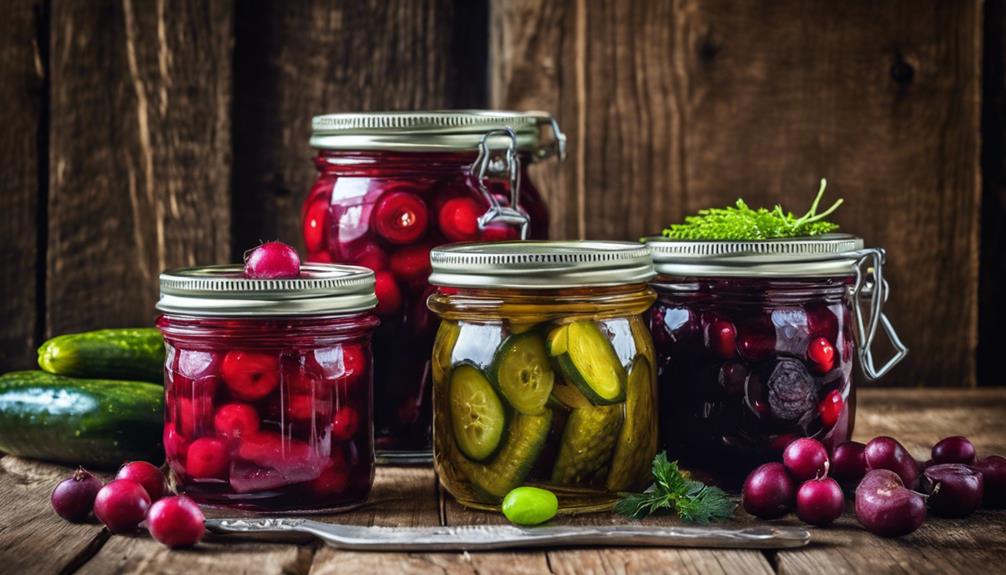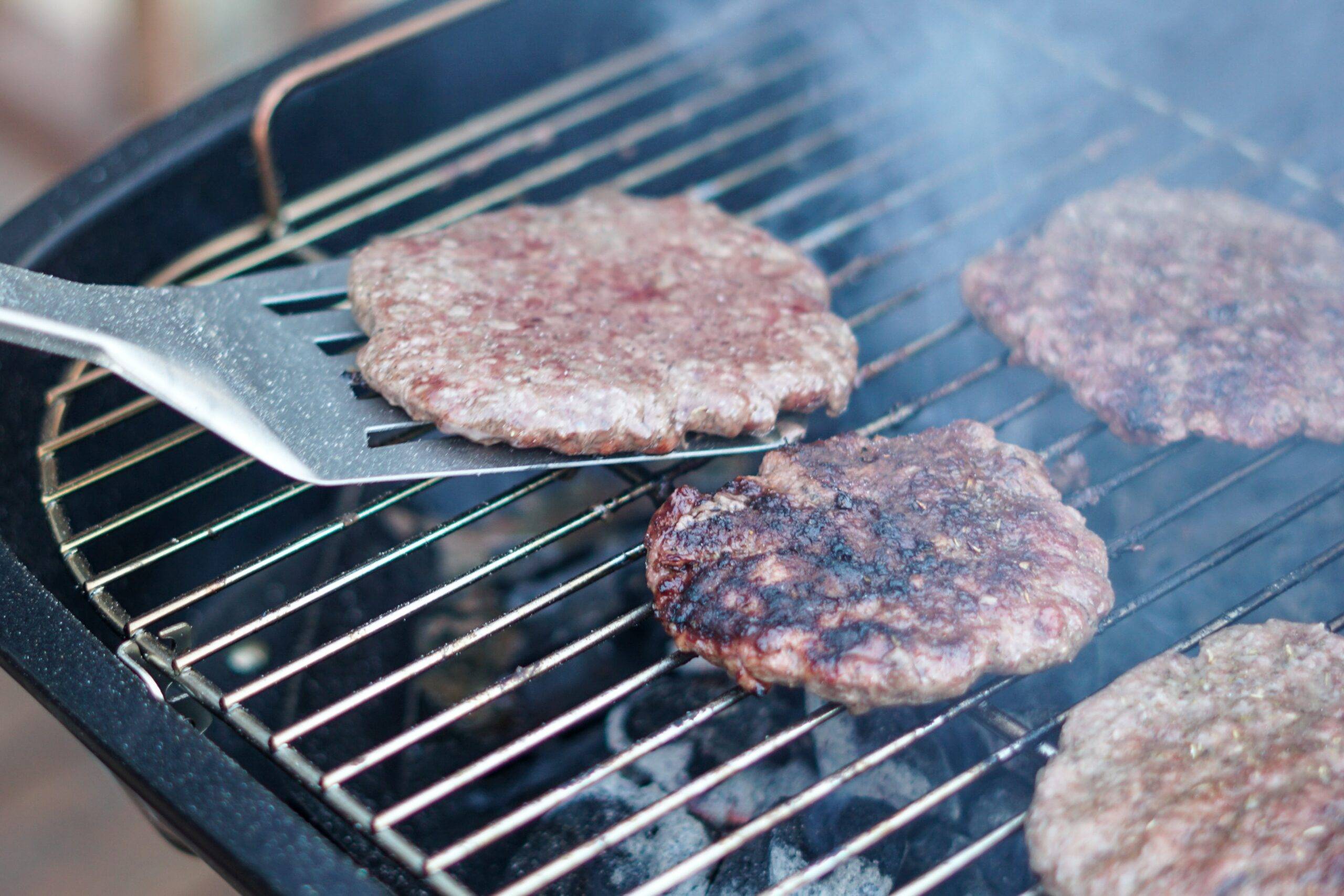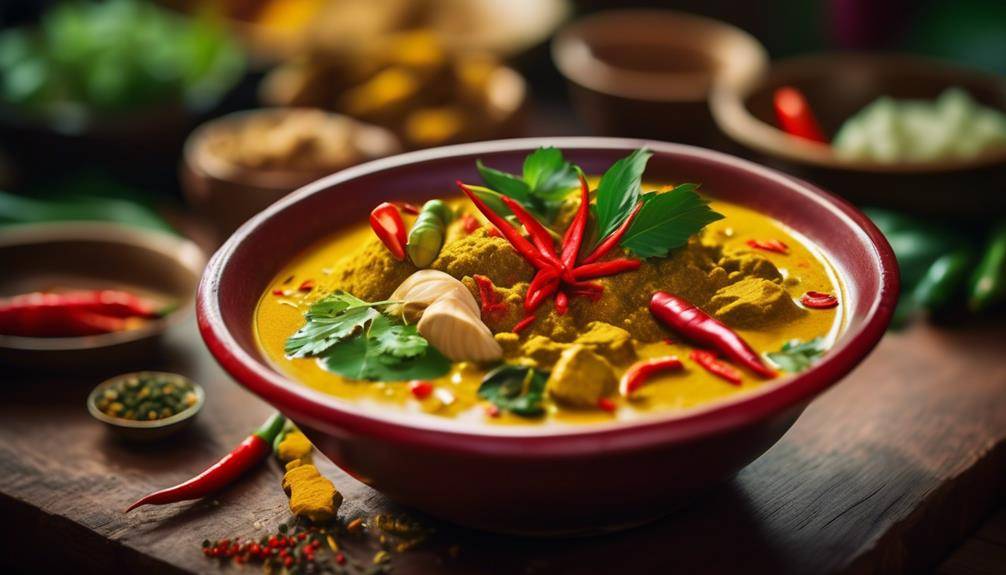The Best Steps to Follow for Baking Vegan Cakes

Baking Vegan Cakes; If you’re ready to dive into the world of baking vegan cakes, get ready to embark on a journey as smooth as butter on a warm muffin. In this guide, we’ll walk you through the steps to create delicious vegan cakes that will leave your taste buds dancing with joy. From gathering the right ingredients to testing for doneness, we’ll cover everything you need to know to ensure your cakes turn out perfectly every time. So put on your apron, roll up your sleeves, and let’s get baking!
Gathering the Right Ingredients
To begin baking a vegan cake, you’ll need to gather the right ingredients. Vegan cake recipes require specific substitutes for traditional baking ingredients like eggs, butter, and milk. Don’t worry, though! Baking vegan desserts can be just as delicious and satisfying as their non-vegan counterparts. Here are some tips for gathering the right ingredients for your vegan cake.
First and foremost, you’ll need to find an egg substitute. Eggs in vegan cake recipes are typically replaced with ingredients like applesauce, mashed bananas, or flaxseed mixed with water. These substitutes help bind the ingredients together and add moisture to the cake.
Next, you’ll need to choose a plant-based milk alternative. There are plenty of options available, such as almond milk, soy milk, or coconut milk. These alternatives provide moisture and flavor to the cake, just like regular milk does.
In place of butter, you can use vegan margarine or coconut oil. These substitutes add richness and moisture to the cake, ensuring it stays moist and delicious.
Other essential ingredients for baking a vegan cake include all-purpose flour, baking powder, sugar (can be regular or a natural sweetener like maple syrup), and vanilla extract. Be sure to check that these ingredients are vegan-friendly, as some brands may use animal-derived products.
Lastly, don’t forget to gather any additional ingredients you may want to add to your vegan cake, such as chocolate chips, nuts, or fruits. These add-ins can elevate the flavor and texture of your cake.
Substituting Animal Products
Now that you have gathered all the right ingredients, it’s time to discuss how to substitute animal products in your vegan cake. There are several options available, such as dairy-free milk alternatives like almond, soy, or oat milk. For replacing eggs, you can use ingredients like applesauce, mashed bananas, or flaxseed mixed with water. Finally, instead of butter, you can opt for plant-based alternatives like coconut oil or vegan margarine.
Dairy-Free Milk Options
You can substitute animal products in your vegan cake recipe by using dairy-free milk options. One popular dairy-free milk option is coconut milk. Not only does coconut milk add a creamy and rich flavor to your vegan cakes, but it also has several health benefits. Coconut milk is packed with vitamins and minerals, including potassium, magnesium, and vitamin C. It is also a good source of healthy fats, which can help improve heart health.
Another dairy-free milk option is almond milk. Almond milk is made from ground almonds and water, and it has a slightly nutty flavor. It is a versatile ingredient that can be used in various vegan cake recipes. Almond milk is also low in calories and contains no cholesterol or saturated fats. So whether you choose coconut milk or almond milk, both options provide a delicious and nutritious alternative to traditional dairy milk in your vegan cake recipes.
Egg Replacers
Substituting animal products in your vegan cake recipe, you can replace eggs with various egg replacers. Vegan baking has come a long way, and there are now several options available to mimic the binding and leavening properties of eggs. One popular egg substitute is applesauce, which adds moisture and helps bind the ingredients together.
Another option is mashed bananas, which not only acts as a binder but also adds a subtle sweetness to the cake. For a lighter texture, you can use silken tofu or yogurt as an egg replacer. Flaxseeds or chia seeds mixed with water create a gel-like consistency that works well in cakes. Additionally, commercial egg replacer powders can be used, which are made from a combination of starches and leavening agents. Experiment with different egg substitutes to find the one that best suits your taste and dietary needs.
Butter Alternatives
Looking for a vegan alternative to butter in your cakes? Fortunately, there are several options you can explore. One popular choice is using plant-based spreads, which are made from oils like sunflower, coconut, or olive oil. These spreads provide a creamy texture and a rich flavor that can mimic the taste of butter.
Another option is making your own homemade vegan butter. This allows you to have full control over the ingredients and customize the flavor to your liking. Homemade vegan butter can be made by blending a combination of oils, such as coconut oil, avocado oil, and soy milk, with a pinch of salt. Whichever option you choose, make sure to consider the flavor, texture, and melting point of the butter alternative to ensure the best results in your vegan cakes.
Preparing the Cake Batter
To prepare the cake batter, begin by measuring out all of your ingredients accurately. This step is crucial in ensuring that your vegan cake turns out moist, fluffy, and delicious. Here are four important things to keep in mind as you prepare your batter:
- Use high-quality vegan ingredients: When it comes to vegan cake recipes, using the best ingredients is key. Opt for plant-based milk, such as almond or soy milk, instead of dairy milk. Choose a high-quality vegan butter substitute, like coconut oil or vegan margarine, to add moisture and richness to your cake. And don’t forget to use pure vanilla extract for a delightful flavor.
- Sift your dry ingredients: To achieve a light and airy texture, it’s essential to sift your dry ingredients, such as flour, cocoa powder, baking powder, and salt. This helps break up any lumps and ensures even distribution of the leavening agents.
- Mix wet and dry ingredients separately: To prevent overmixing and ensure a tender crumb, combine the wet and dry ingredients separately before combining them together. This allows for a more even distribution of the ingredients and prevents the formation of gluten, which can make the cake tough.
- Fold in ingredients gently: When adding any additional ingredients, such as chopped nuts, fruits, or chocolate chips, it’s important to fold them in gently. This helps maintain the airiness of the batter and ensures an even distribution of the mix-ins.
Baking Time and Temperature
Now that you’ve prepared your vegan cake batter, it’s time to focus on the baking time and temperature. Achieving the optimal baking temperature is crucial for a successful outcome. You’ll also need to adjust the baking time based on the size and thickness of your cake. Additionally, ensuring even heat distribution throughout the oven will help guarantee a perfectly baked vegan cake.
Optimal Baking Temperature
To achieve the perfect texture and flavor in your vegan cakes, ensure that you preheat your oven to the recommended temperature for optimal baking results. Here are four key points to consider when it comes to the optimal baking temperature for your vegan cakes:
- Follow the recipe: Each vegan cake recipe may have a specific baking temperature mentioned. It is important to follow this temperature to ensure that your cake bakes evenly and thoroughly.
- Use an oven thermometer: Ovens can often have temperature variations, so it’s a good idea to invest in an oven thermometer to accurately gauge the temperature inside your oven. This will help you adjust the temperature accordingly for optimal baking.
- Check for doneness: While the recommended baking time is a good guideline, it’s essential to check for doneness using a toothpick or cake tester. Insert it into the center of the cake, and if it comes out clean or with a few crumbs, your cake is ready.
- Make adjustments if needed: If you find that your cake is browning too quickly or not baking evenly, you may need to adjust the temperature. Lowering the temperature slightly and extending the baking time can help you achieve the desired results.
Adjusting Baking Time
To adjust the baking time for your vegan cake, you can follow these simple steps. First, start by checking the recipe for the suggested baking time. Since vegan cakes tend to be more delicate, they may require a slightly longer baking time compared to traditional cakes. However, keep in mind that every oven is different, so you may need to make some adjustments. If your cake is not fully baked after the suggested time, continue baking it in increments of 5 minutes until a toothpick inserted into the center comes out clean.
On the other hand, if your cake is browning too quickly or the edges are becoming too crispy, reduce the oven temperature by 25 degrees Fahrenheit and cover the cake with aluminum foil to prevent further browning. By following these troubleshooting techniques, you can ensure that your vegan cake is perfectly baked every time.
Achieving Even Heat
Ensure even heat distribution by preheating your oven to the recommended temperature stated in the vegan cake recipe. Maintaining a consistent temperature is crucial for baking a delicious and evenly cooked vegan cake. Here are four tips to achieve even heat and perfect baking results:
- Use an oven thermometer: This will help you accurately gauge the temperature inside your oven and make any necessary adjustments.
- Avoid opening the oven door: Opening the oven door can cause fluctuations in temperature, leading to uneven baking. Try to resist the temptation to peek!
- Rotate the cake halfway through baking: This ensures that all sides of the cake are exposed to the same amount of heat, preventing any over- or under-cooked areas.
- Consider using baking strips: These handy strips, soaked in water and wrapped around the cake pans, help insulate the edges, preventing them from cooking faster than the center.
Testing for Doneness
Check if your vegan cake is done by inserting a toothpick into the center. This is one of the most reliable testing techniques for determining whether your cake is fully baked. It’s a simple and effective method that can save you from under or overbaking your cake.
To use the toothpick method, first, ensure that your cake has been baking for the recommended time stated in the recipe. Then, insert a toothpick into the center of the cake. If it comes out clean or with just a few crumbs clinging to it, your cake is done and ready to be removed from the oven. However, if the toothpick comes out with wet batter, it means that the cake needs more baking time.
When using the toothpick method, it’s important to keep a few things in mind. Firstly, make sure to insert the toothpick into the center of the cake, as this is the area that takes the longest to cook. Avoid touching the sides or bottom of the pan, as these areas may appear moist even if the cake is fully baked.
Additionally, be mindful not to overbake your cake while waiting for the toothpick to come out clean. Overbaking can result in a dry and crumbly texture. If you’re unsure if your cake is done, you can always check a few minutes later to prevent overbaking.
Using the toothpick method allows you to have a perfectly baked vegan cake every time. It’s a simple and foolproof way to ensure that your cake is cooked through and moist, leaving you with a delicious treat to enjoy.
Cooling and Removing From the Pan
After testing for doneness, it’s time to cool and remove your vegan cake from the pan. This step is crucial to ensure that your cake maintains its structure and doesn’t stick to the pan. Here are some techniques to help you cool and remove your cake successfully:
- Give it some time: Allow your cake to cool in the pan for about 10-15 minutes. This resting period allows the cake to set and firm up slightly, making it easier to handle when removing it from the pan.
- Loosen the edges: Take a thin knife or offset spatula and carefully run it around the edges of the pan. This will help to loosen any sections of the cake that may be sticking to the sides.
- Invert and tap: Place a cooling rack or a flat plate on top of the cake pan. Hold both the pan and the rack/plate together and carefully invert them. Gently tap the bottom of the pan to release the cake. If the cake doesn’t come out easily, give it a few more taps or try gently shaking the pan.
- Peel off the parchment paper: If you lined your cake pan with parchment paper, carefully peel it off the bottom of the cake. If the paper is sticking, you can lightly moisten it with a damp cloth to help loosen it.
Frosting and Decorating
To achieve a beautifully decorated vegan cake, gather your favorite frosting and decorations. When it comes to frosting options, there are plenty of delicious and vegan-friendly choices to elevate your cake to the next level. One popular option is vegan buttercream frosting. Made with plant-based butter and powdered sugar, this frosting is creamy, smooth, and perfect for spreading or piping onto your cake. Another option is coconut whipped cream, which is light, fluffy, and adds a tropical twist to your cake. If you’re looking for something a little different, try a vegan cream cheese frosting. This tangy and creamy frosting pairs well with carrot or red velvet cakes.
Now that you have chosen your frosting, it’s time to get creative with your cake decorating ideas. One idea is to use fresh fruit as a topping. Arrange slices of strawberries, blueberries, or kiwi on top of your cake for a burst of color and freshness. Another option is to pipe decorative patterns with your frosting using a piping bag and different tips. Create swirls, rosettes, or intricate designs to make your cake look like a work of art. You can also add a touch of elegance by drizzling melted vegan chocolate over the top of your cake.
For a fun and whimsical look, try using edible flowers as decorations. Choose flowers that are safe to eat, such as pansies or violets, and place them strategically on your cake for a stunning and natural touch. Another idea is to add a sprinkle of edible glitter or colored sugar for a festive and eye-catching effect.
Storing and Serving Tips
When you’re done baking your vegan cake, it’s important to know how to store and serve it properly. Here are some storing tips and serving suggestions to ensure that your cake remains fresh and delicious:
- Storing Tips
- Allow the cake to cool completely before storing it. This will prevent condensation from forming and making the cake soggy.
- Wrap the cake tightly in plastic wrap or place it in an airtight container to keep it fresh.
- Store the cake in a cool and dry place, away from direct sunlight or heat sources. The refrigerator is a good option if the cake contains perishable ingredients like fresh fruit or cream.
- If you plan to store the cake for an extended period, consider freezing it. Wrap the cake in multiple layers of plastic wrap and aluminum foil to prevent freezer burn.
- Serving Suggestions
- Before serving, allow the cake to come to room temperature for optimal taste and texture.
- Consider garnishing the cake with fresh fruits, nuts, or a dusting of powdered sugar to enhance its presentation.
- Pair the cake with a vegan frosting or sauce that complements its flavor. Vegan cream cheese frosting or chocolate ganache are popular choices.
- Serve the cake with a side of vegan ice cream or whipped coconut cream to create a delightful dessert experience.
Troubleshooting Common Issues
If you encounter any issues while baking vegan cakes, here are some troubleshooting tips to help you overcome them. One common problem you might face is dry cakes. This can happen if the cake is overbaked or if the recipe doesn’t have enough moisture. To prevent dry cakes, make sure to follow the recommended baking time and temperature. It’s also important to measure your ingredients accurately and not overmix the batter. Adding a bit of extra liquid, such as plant-based milk or applesauce, can help add moisture to the cake.
Another common issue is sunken cakes. This can occur if the cake is underbaked or if there is too much leavening agent in the recipe. To avoid sunken cakes, make sure to bake the cake for the recommended time and check for doneness by inserting a toothpick into the center. If it comes out clean or with a few crumbs, the cake is done. Additionally, be careful not to overmix the batter, as this can cause the cake to collapse.
Lastly, check the expiration date of your leavening agent and make sure to use the correct amount specified in the recipe. By following these troubleshooting tips, you can ensure that your vegan cakes turn out moist and perfectly baked every time.
Baking Vegan Cakes; Frequently Asked Questions
Can I Use Gluten-Free Flour Instead of Regular Flour in Vegan Cake Recipes?
You can use gluten-free flour instead of regular flour in vegan cake recipes. It may affect the texture and taste slightly, but with the right recipe and adjustments, you can make a delicious vegan cake that is both gluten-free and nut-free.
How Can I Make a Vegan Cake That Is Also Nut-Free?
To make a nut-free vegan cake, you can use alternative ingredients like applesauce, mashed bananas, or soy yogurt for moisture. Avoid using nuts or nut-based products and opt for nut-free milk alternatives.
Is It Possible to Make a Vegan Cake Without Using Any Refined Sugars?
Yes, it is possible to make a vegan cake without using refined sugars. You can use natural sweeteners like maple syrup, agave nectar, or dates. These alternatives not only add sweetness but also provide health benefits.
Can I Substitute Coconut Milk for Almond Milk in Vegan Cake Recipes?
Yes, you can substitute coconut milk for almond milk in vegan cake recipes. Coconut milk adds a rich and creamy texture, while almond milk has a slightly nutty flavor. It’s a personal preference, so experiment and see which one you like best!
How Can I Make a Vegan Cake That Is Also Soy-Free?
To make a soy-free vegan cake, there are several options. You can use alternative milk like oat or rice milk, and replace soy-based ingredients with substitutes like applesauce or mashed banana. Follow these tips for baking allergen-free vegan cakes.
Conclusion
Now that you have learned the steps to follow for baking vegan cakes, you are ready to embark on your delicious plant-based baking adventure. With the right ingredients and substitutions, you can create moist and flavorful cakes that everyone can enjoy. Remember to test for doneness, cool and remove from the pan, and frost and decorate to your heart’s desire. With these tips and tricks, you’ll be a pro at baking vegan cakes in no time!








